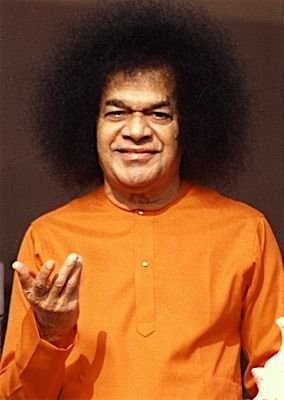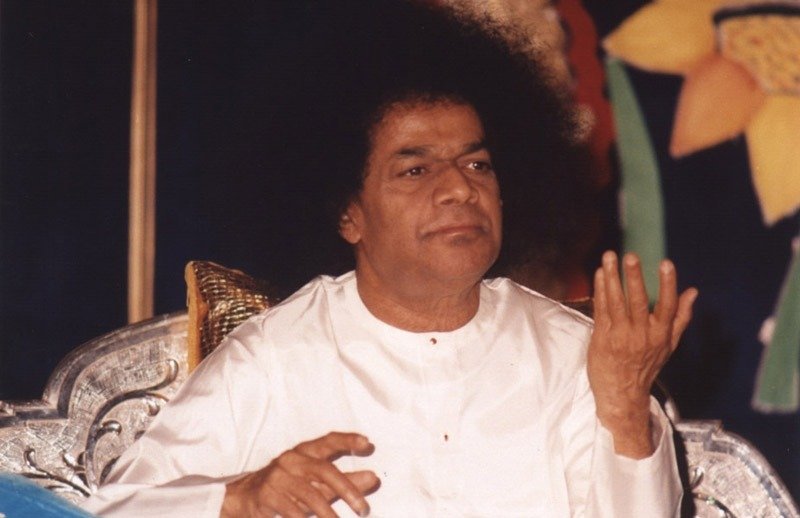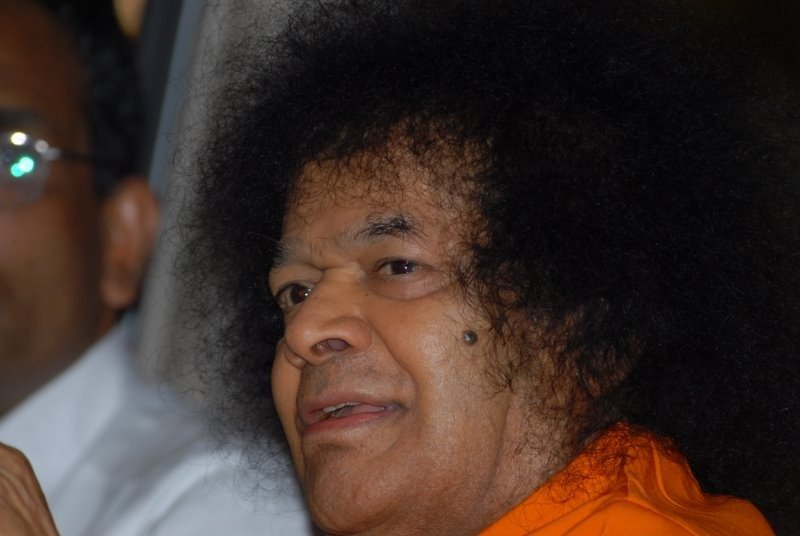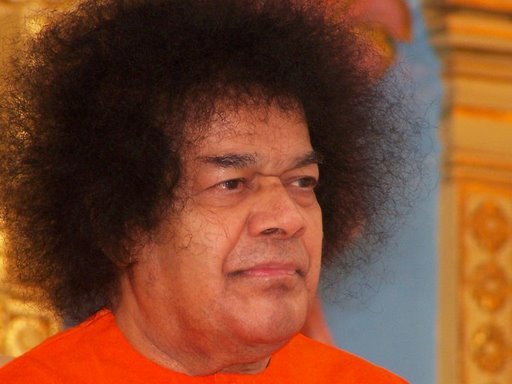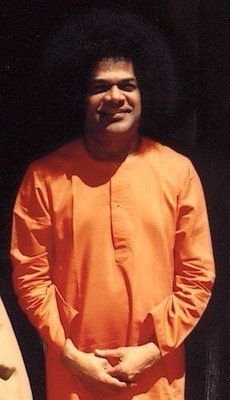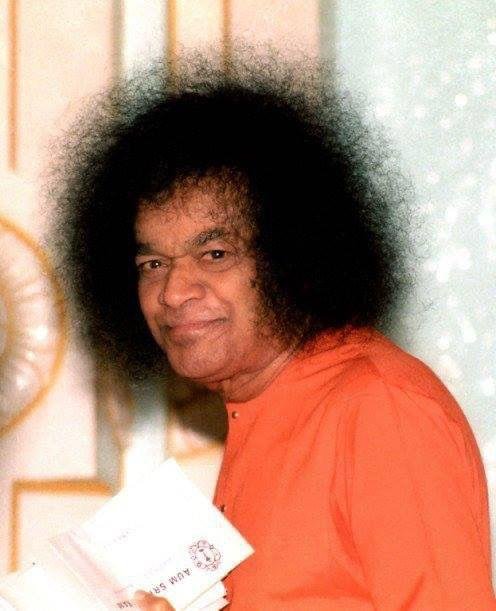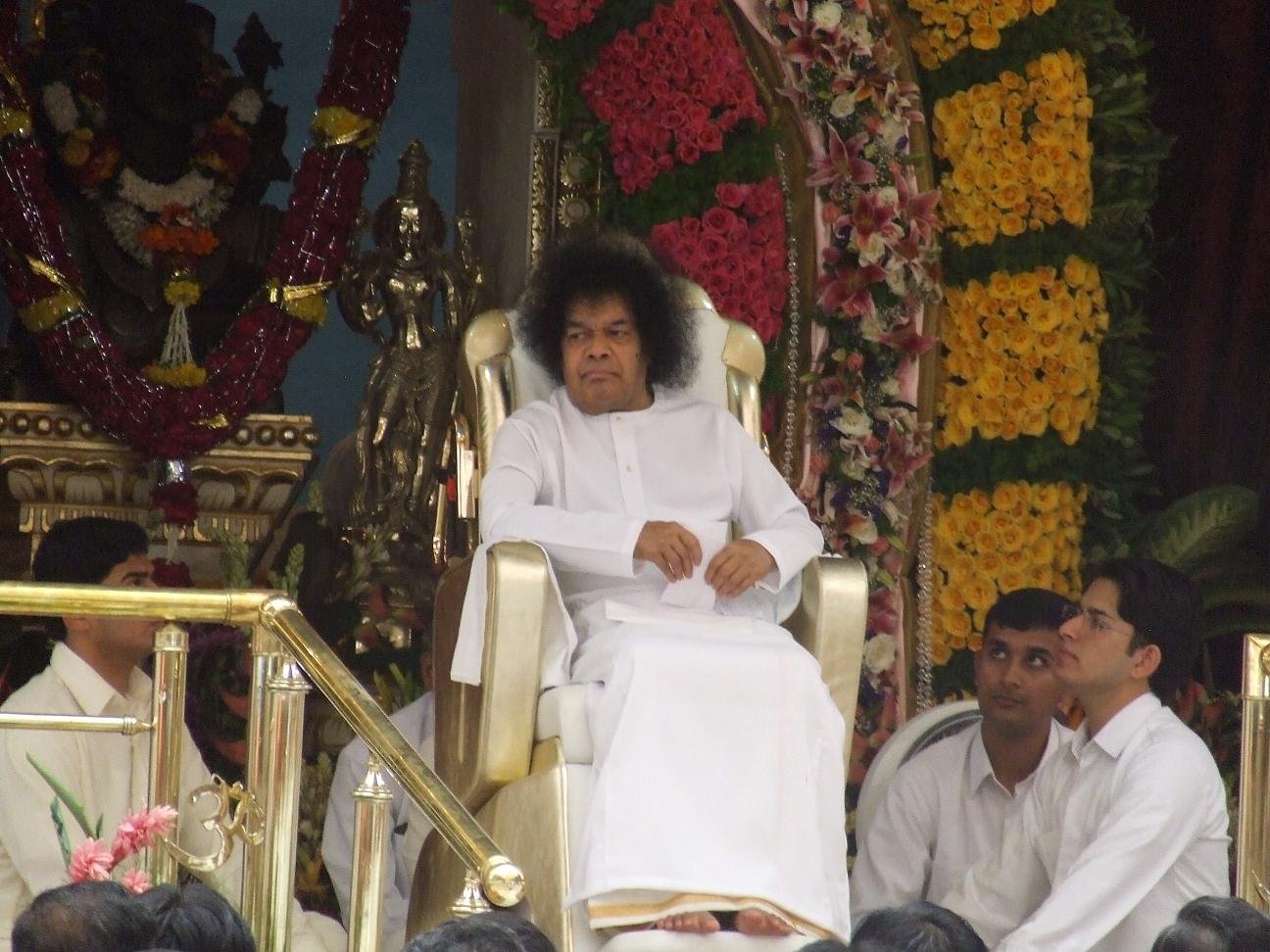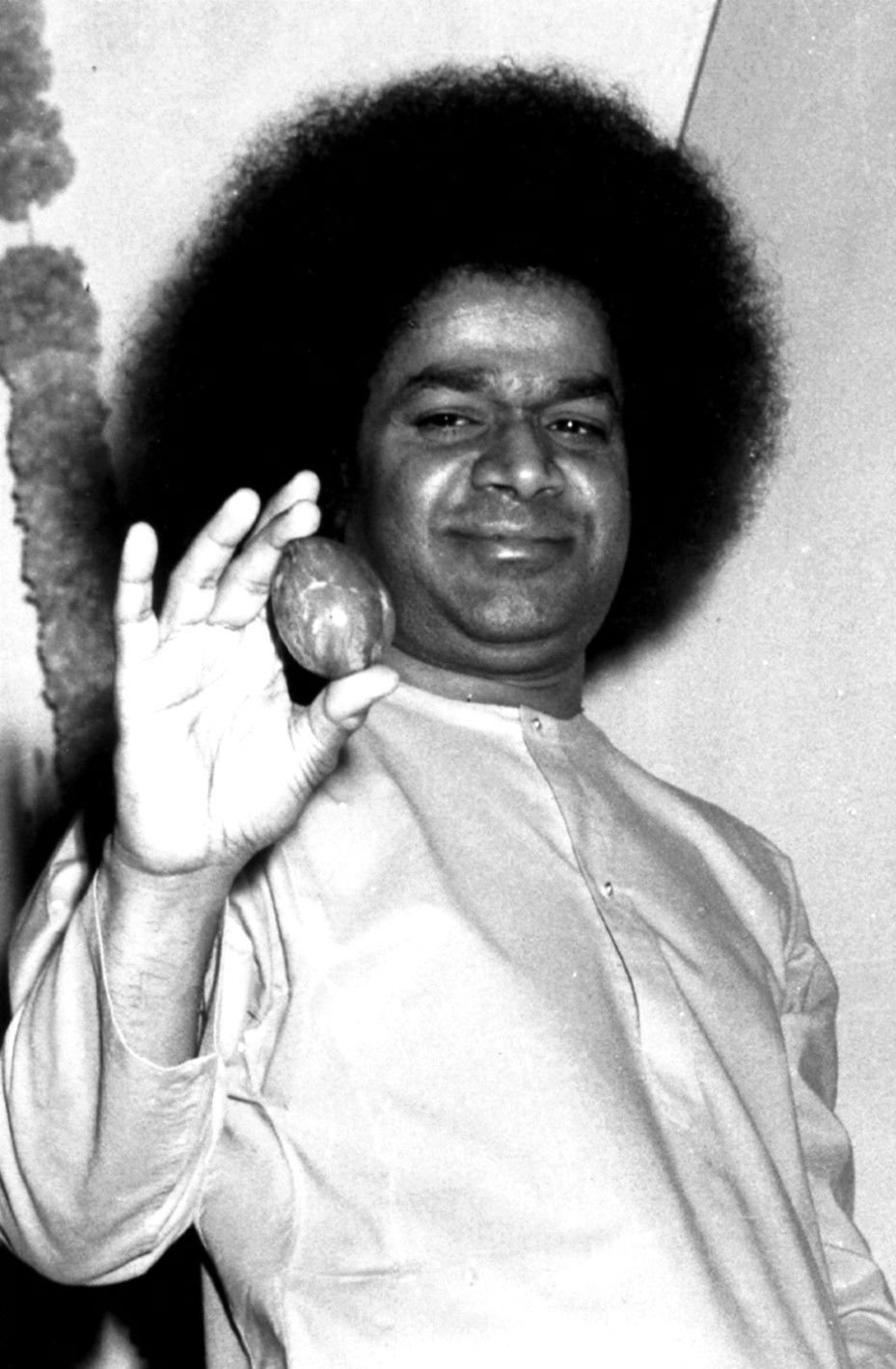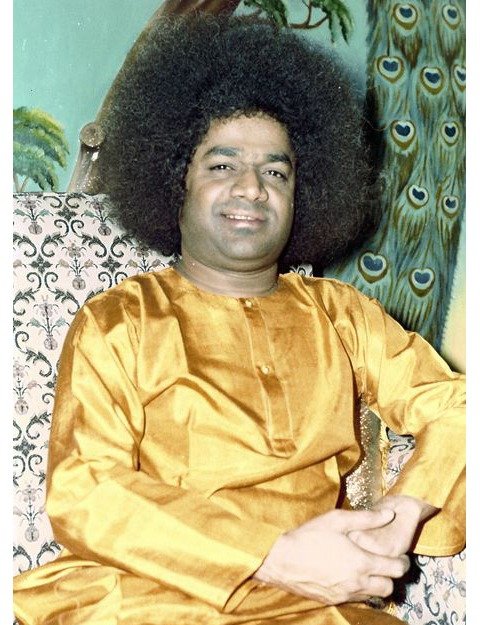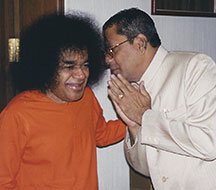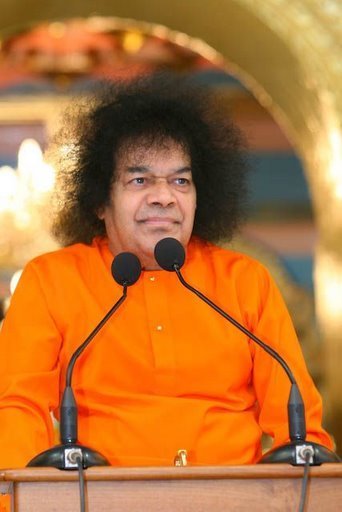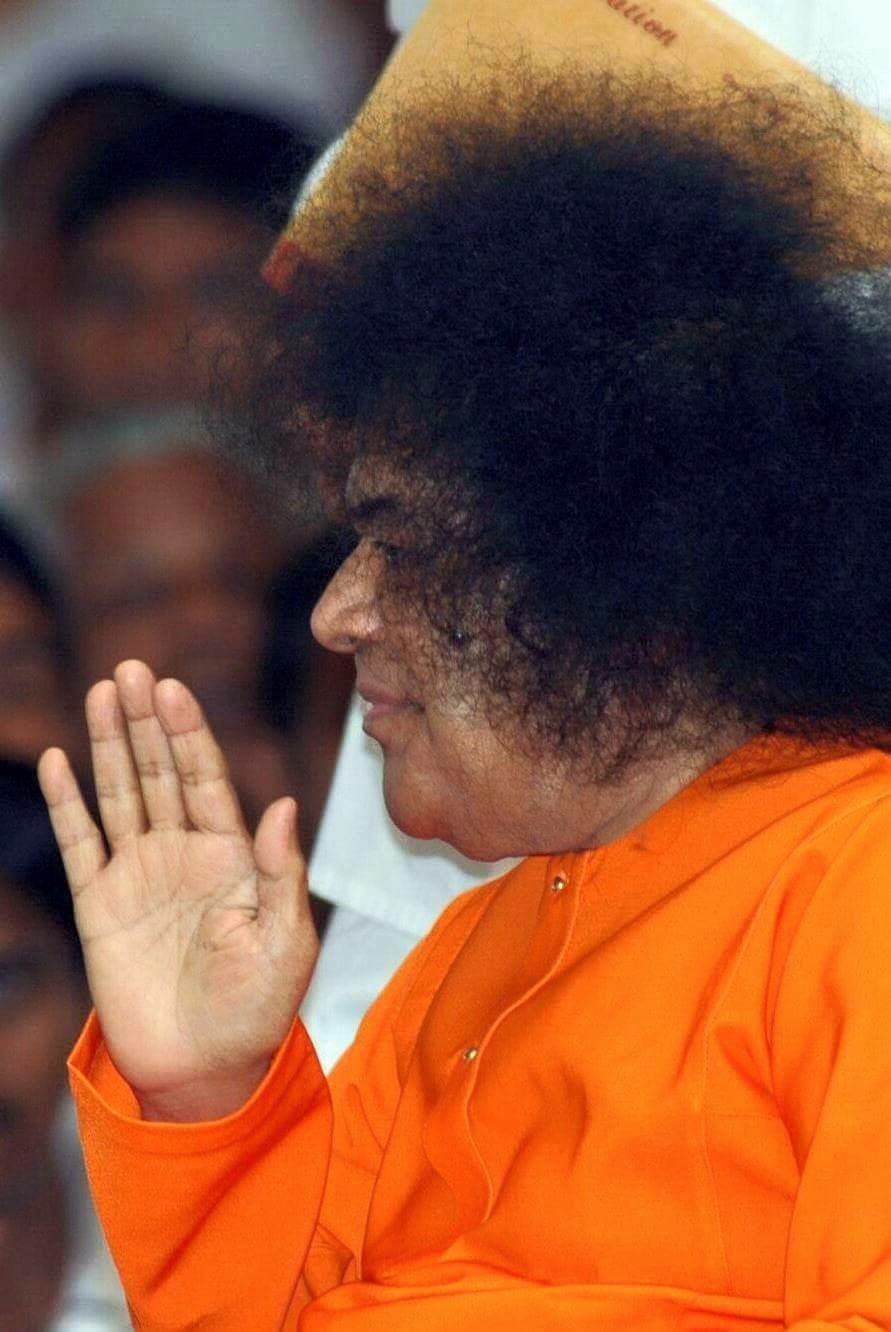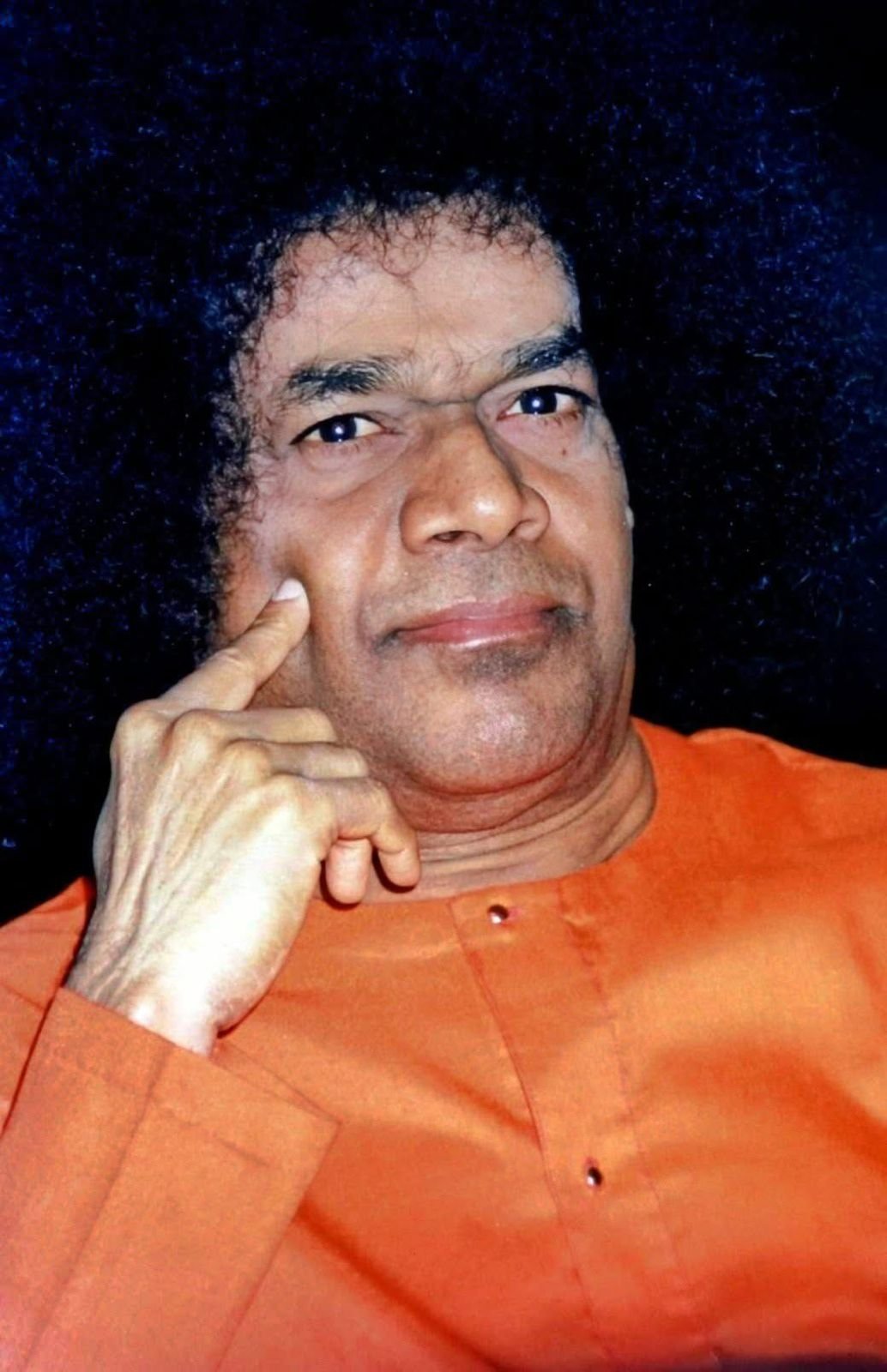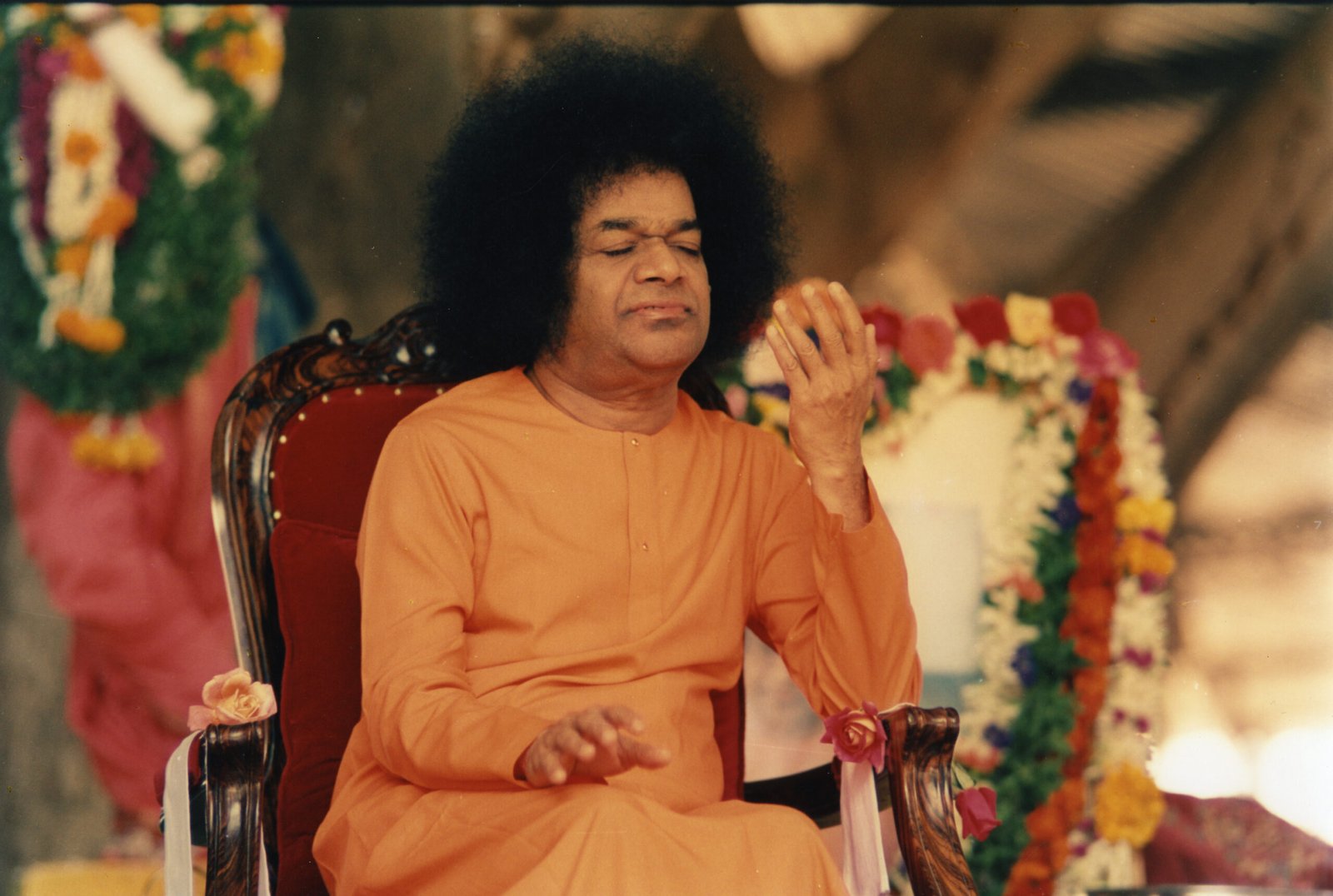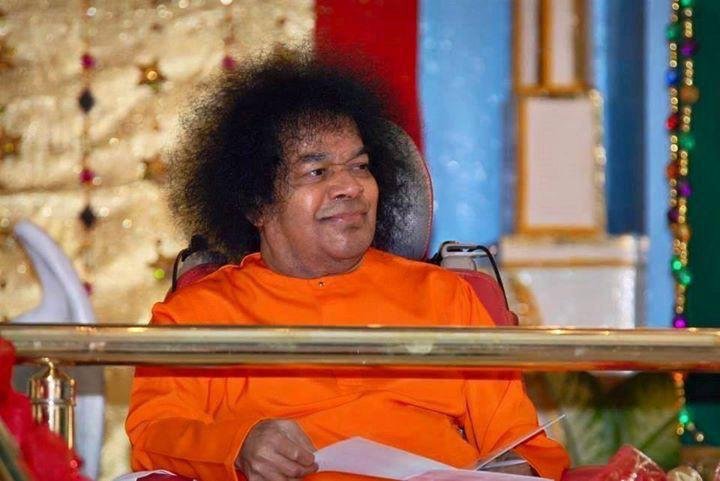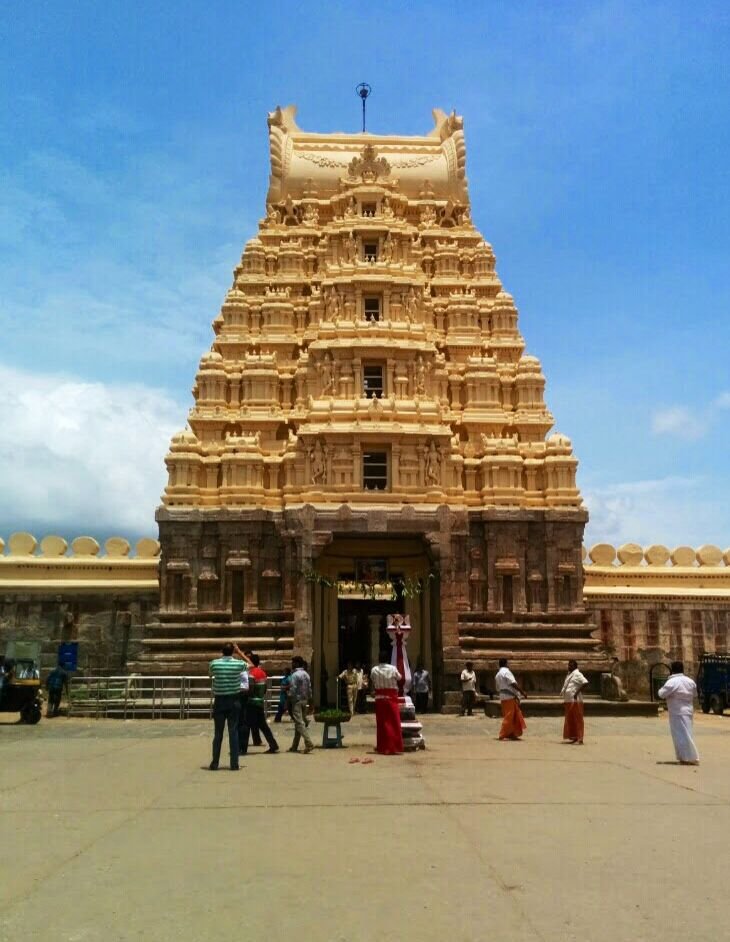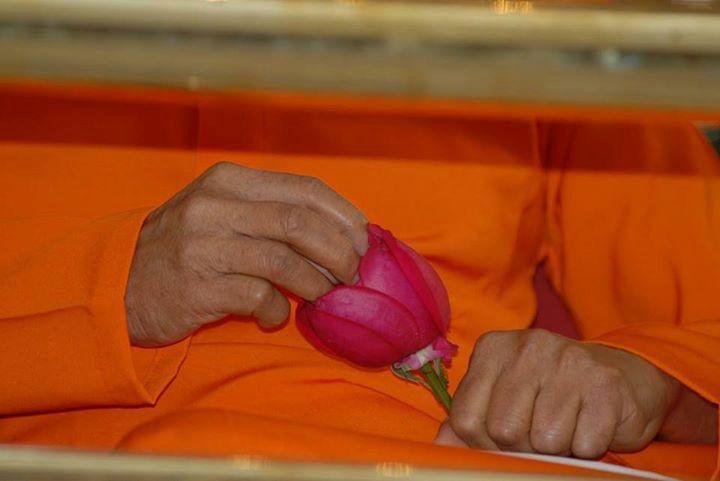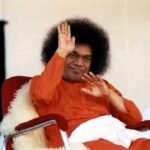THE GRAND ESSENCE OF KRISHNA’S ADVENT
Every major religion that lives in the world today is based on the life and teachings of a founder messiah, a prophet or a saint. And understandably, certain days that are earmarked to celebrate the lives of these great souls are celebrated with much gaiety and reverence.
Sanathana Dharma, however, as pointed out by Bhagawan on many occasions, has no founder. But it is believed that the Lord Himself incarnates from time to time to revitalise this ancient path to Divinity. And the days associated with these divine incarnations are considered highly auspicious. Lord Krishna is one such Avatar, and Janmashtami, the day the Lord chose to take this form is considered highly sacred.
This day is celebrated in many different ways across the land of Bharath, most of which are means of recreating events from the Krishnavatar. Young men come together, to form huge human pyramids and break pots of curd and butter. Or in homes, the tiny feet of Balakrishna are drawn from the entrance to the shrine, reminding all of the Lord’s mischievous leelas. Some dress up little children as Lord Krishna and as Gopalas and Gopikas of Brindavan and make them dance the ‘Raas’ trying to relive the magical moments that they have only read or heard about.
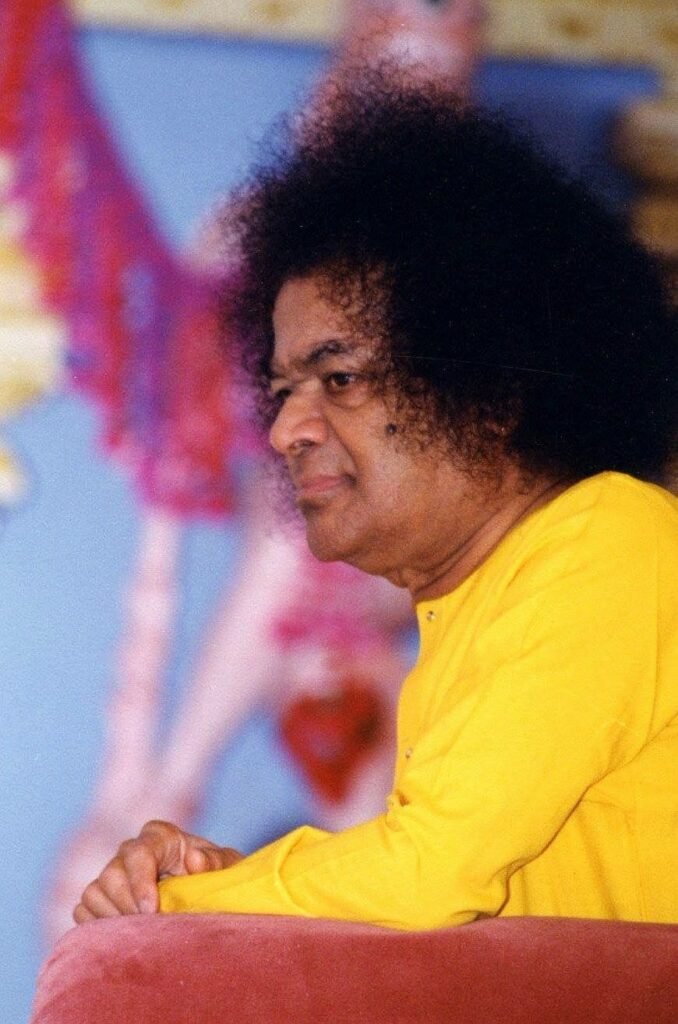
When it is indeed good to remember the Lord and His deeds on such festive occasions, one must also delve into the principle behind the actions of the Lord. Why does the infinite Lord take a finite physical form? Why does He perform certain actions, and were these meant only for His contemporaries? If not, what can we learn from these events?
What better way is there to celebrate Krishna Janmashtami than to try and understand the purpose behind this Avatar or for that matter any Avatar! And what can be more fulfilling than listening to our Lord explain these ethereal truths?
We bring to you excerpts from the Divine Discourse delivered by Bhagawan on the occasion of Janmashtami on 3 September 1988, where Baba explains the purpose for which the Lord takes a human form, and how He achieves that purpose. We strongly recommend that you listen to the discourse clips, for the English translation do little justice to the nectarous narration of Bhagawan.
When the Divine comes down as Avatar – be as Rama or as Krishna, Matsya (fish), Varaha (boar) or Vamana (dwarf) – it is only for one purpose. You recognise only the momentary results of the advent. But you should note that the Divine comes as Avatar only to teach mankind the truth about love. ‘Oh man, it is because you lack love and are filled with selfishness that the world is plunging in so much conflict and chaos. It is only when you develop love and the spirit of sacrifice that you will realise the divinity that is in the human.’ The man who has no spirit of thyaga (sacrifice) will be a prey to all ills.
A man without love is a living corpse. It is love and sacrifice which make man divine. Love alone is the fruit of love. Love is its own witness. There is no trace of self-interest in it. Because love exists for its own sake, it has no fear. It is to teach humanity the way of love that Avatars come in the world. The world displays the diversity that has emanated from the One. The Divine demonstrates the unity that subsumes the diversity. Recognition of this ‘Unity in Diversity’ can be learnt only from the Divine.
The Krishna Avatar has been described in various ways: As a sport of the Divine in human form, as an ideal for the world, as a sacred ruler, as a manifestation of the Atma. The Divine comes as Avatar to proclaim the pure and unsullied love of devotees towards God. People may consider that the Avatar’s activities include punishment of the wicked, protection of the good, weeding out of unrighteousness and restoration of righteousness. This is how they may look at the Avatar’s doings. But that is not the way the Lord sees things. There is nothing bad in God’s view. Hence there should be no hatred or ill-will towards any being. It is only when you love all, that you can be said to love God.


